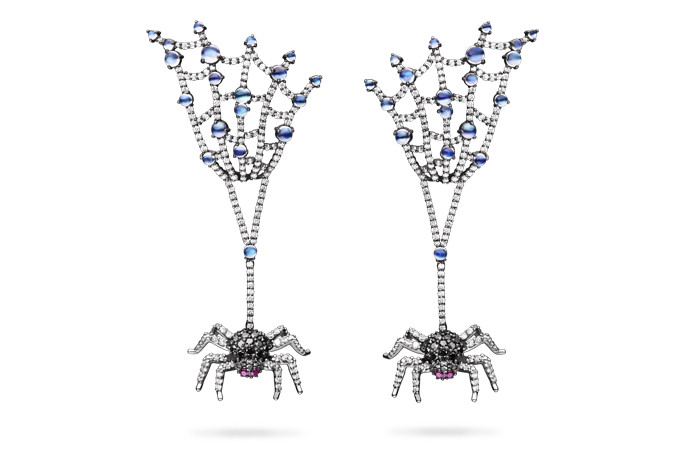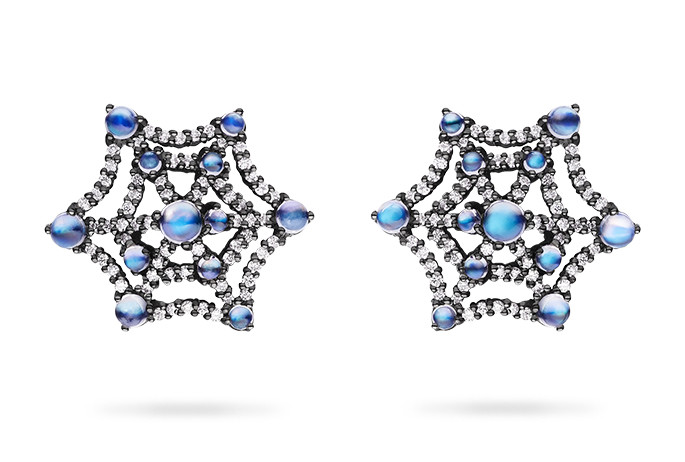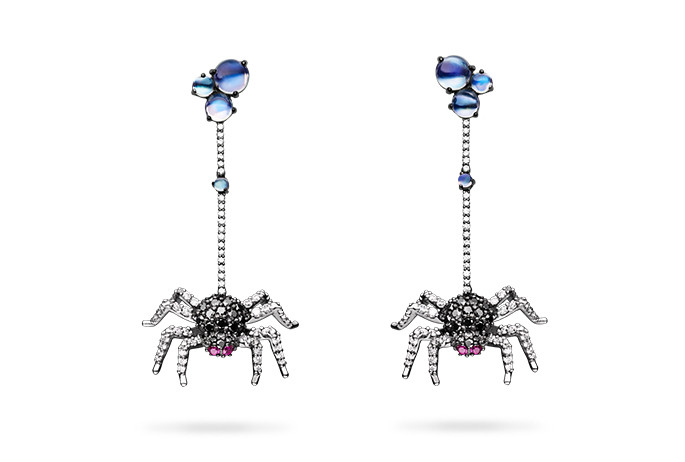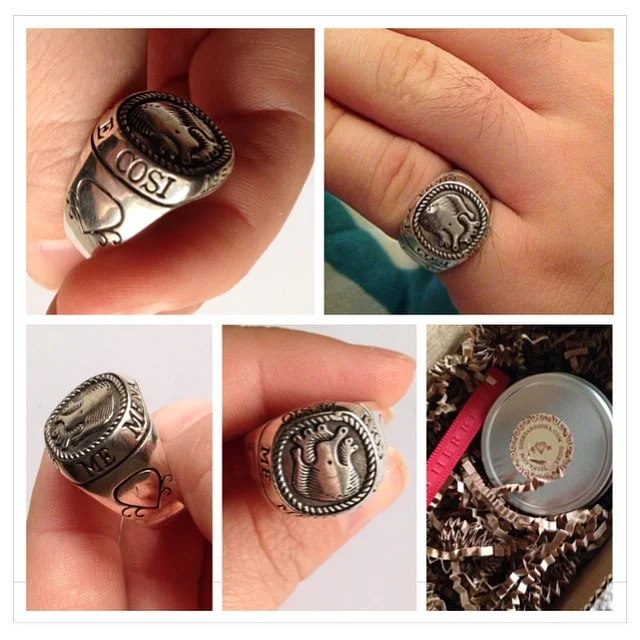I have to say, I’ve been waiting for the trend of men's “brooches”/”pins” to come to the US! I love the look, just like I love pinky signets that seem to be everywhere these days!
The stylish and often vintage pieces that we saw (and I adored) added individuality and interest to otherwise seemingly identical tuxedos. It is a wonderful alternative to a boutonniere or even a pocket square.
As my Significant Other calls them "metal flowers", have been a worn in Europe for some time now and it's nice to see the sparkle has finally crossed the pond.
Signet rings have been around since ancient Mesopotamia. They were also used as seal rings to seal letters with the mark of the sender (in wax as a mark of authentication).
In modern times they have traditionally been worn on the left hand (and sometimes accompanied by a small wedding band). They are usually engraved with a family crest or initials. Today the are rarely used for sealing documents, but they have continued to be viewed as the “mark of the gentleman.”
Kathleen Marino M.A, G.G., AJP, NAJA


























